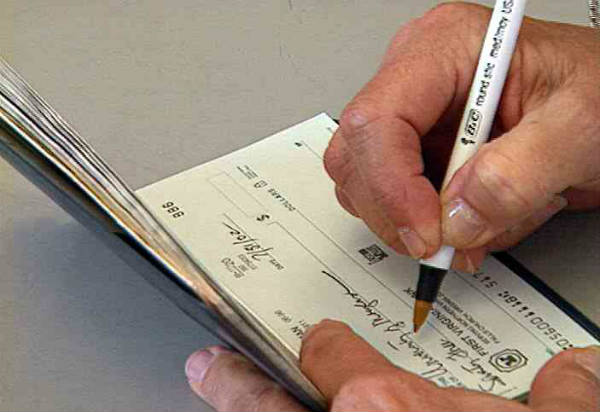The US is becoming the world’s largest closed-loop payments system

Last year the US contributed close to 20% of the world’s GDP despite coming off the back of the biggest economic downturn since the 1930′s Great Depression. The US, UK, Germany, Russian and CIS States, and China dominate the world’s payment landscape currently, but in volume of non-bank payments the US dominates with over 50% of the world’s total. In terms of global electronic payments and transactions, the picture is similar with North America (Canada and the United States) still accounting for half of the global payments volume in the last few years (See IPFA Report November, 2011). It would be reasonable to think that this is due, at least in part, to a healthy payments and banking infrastructure.
Last year Celent reported that fully two thirds of cheques written globally are still written in the United States. At a time when the world is accelerating towards faster payments, the US has been reinforcing Check21 and propping up a system that was popularized in the 1950s. When put to a vote recently the US banking community voted down the Expedited Processing and Settlement (EPS) initiative at NACHA which would have given real-time ACH payments a chance in the US. As of Q1 2012, the only countries not to have adopted the EMV standard for cards payments were the United States and North Korea. In Q4 of 2012, North Korea adopted the EMV standard leaving the US as the sole remaining holdout, with the debate on EMV rollout for a 2015 timeframe still raging. This is not a globally progressive payments infrastructure.
Two-thirds of all checks written globally originate in the US today
The most common justification for the lack of support for the EMV standard, apart from the fact that merchants, banks, issuers and networks can’t agree on terms for adoption, is that the US intends simply to leap-frog EMV and go straight to mobile. The most logical move on that front would still be adopting the revised EMV standard for secure element deployment, at least as a partial measure towards retooling the Visa and Mastercard networks for mobile phones. But NFC has struggled in the US more than in most markets.
Many payments experts have in recent times dubbed NFC a collective failure, with the technology receiving the nickname “Not For Consumers“. Despite Google’s endorsement of this tech in the Google Wallet, and the widespread adoption by handset manufacturers, NFC adoption at the POS has been painfully slow in the US, with larger retailers holding off on replacing existing POS terminals while they debate Durbin impact and interchange fees. Despite the lackluster support of NFC in the US, contactless transactions in Europe, Australia, China, and ASEAN are accelerating at a measured pace. With countries like France, UK, Australia, Poland, etc. recording volumes of contactless transactions in the 20-40% range, the US with it’s 1% of contactless transactions looks shabby by comparison. NFC is currently being trialed in 70 countries globally, so despite the criticisms leveled by the broader payments community, it still appears the best bet to allow the incumbent POS networks to survive the shift to mobile payments in-store. If you’re argument is you’re not adopting EMV standards because mobile is going to leap-frog CHIP and PIN, then you’d expect the industry would be actively pursuing a mobile payments standard.
continue reading »